
|
© 2009 Diane Cook and Len Jenshel/National Geographic. In honor of Earth Day, we present a series of rooftop gardens photographed by Diane Cook and Len Jenshel and published in the May issue of National Geographic Magazine. View more of the Cook and Jenshel’s green roof images on the National Geographic site. Pictured above: New York’s Empire State Building gleams in the windows of architectural firm Cook + Fox. Specialists in green buildings, the designers wanted their own space to reflect the fact that more plants in more places make for more livable cities. At right: Cover © 2009 National Geographic Society |

|

A garland of nature crowns Chicago’s City Hall, softening the hard edges of a town famous for steel and stone and lowering summer temperatures on the roof. Inspired by a worldwide movement, Mayor Richard Daley has made Chicago North America’s leading “green roofs” city.

Walking paths and conical skylights share the grassy roof of the Art and Exhibition Hall in Bonn, Germany. With government aid, Germans led the development of modern green roofs in the 1960s. Today many cities offer incentives for their use.

A bus shelter in downtown San Francisco supports a tiny living roof. It’s intended to plant a seed in the minds of Americans. Diane Loviglio, who planned the bus shelter roof, hopes ordinary passersby will see “a viable home-improvement idea.” The sustainable-design activist wanted to showcase the green-roof idea, less familiar in the U.S. than in much of Europe, “at street level,” she says, “so people don’t have to tour a giant industrial building to understand it.”

The windows of these traditional London row houses once opened onto a decrepit sausage factory. Now residents face a wildflower meadow blooming on top of architect Justin Bere’s new home. Insulation provided by the green roof helps make Bere’s solar-powered house energy efficient.

In the heartland of American industry—Dearborn, Michigan, where Henry Ford revolutionized manufacturing—nature makes a comeback on one of the world’s largest green factory roofs. Ford Motor Company installed sedums on the 10.4-acre expanse to reduce runoff from the site.
All photos © 2009 Diane Cook and Len Jenshel / National Geographic
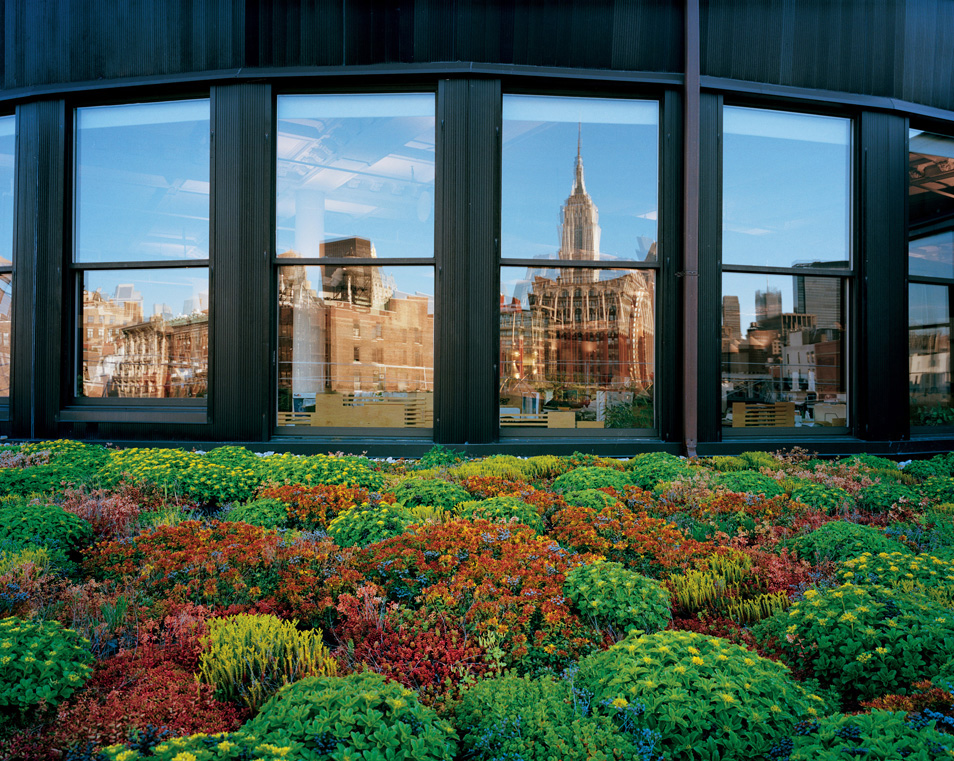

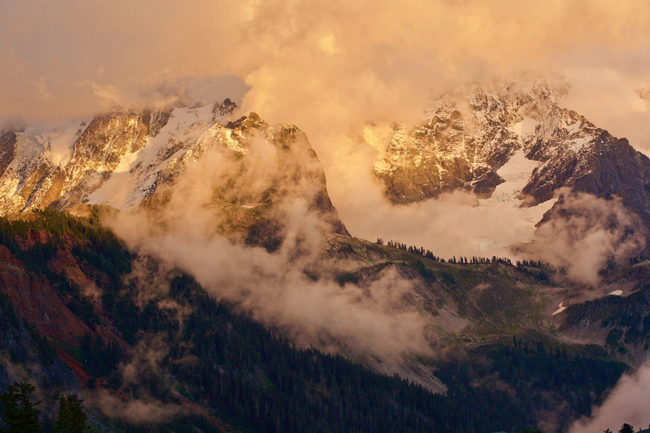



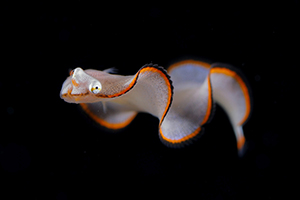
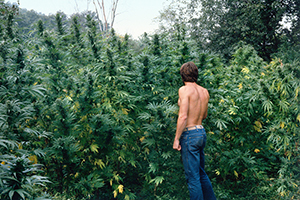

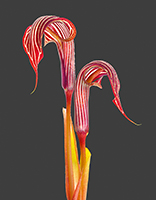
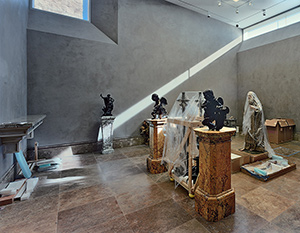


Imagine a world where more food is produced from trees rather than crops. Agro forests can feed many of the world’s poorest people while capturing carbon. This work well in the tropics, where most of the worlds poor live. Breadfruit trees have a fruit that tastes like bread and can be made into flour. Other food bearing trees can be planted under the breadfruit tree creating a vertical farm. These trees are less dependant on fertilizers and pesticides and will live for over 70 years and capture carbon as they grow.
This is a different way of thinking of feeding people but one that is sustainable.
Visit treesthatfeed and give us you advise and help.
Thanks bud. Not bad website you got going on here. Have some more links to direct to with more stuff like this?